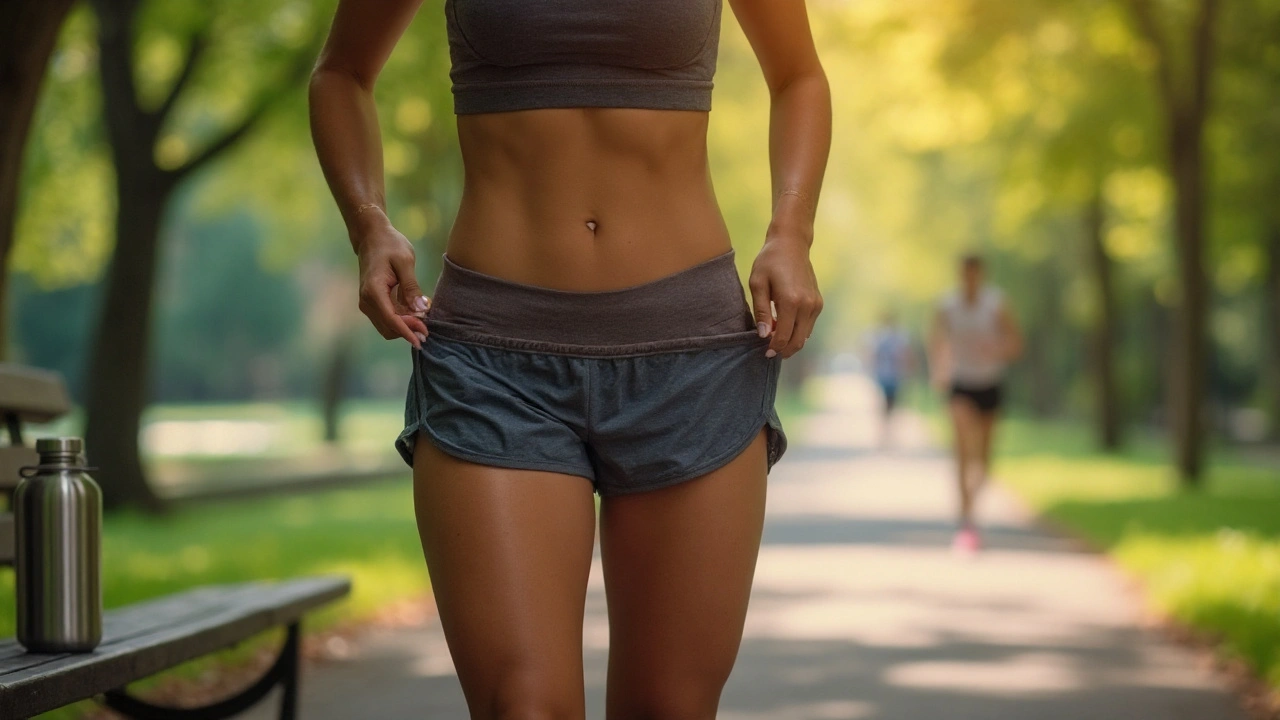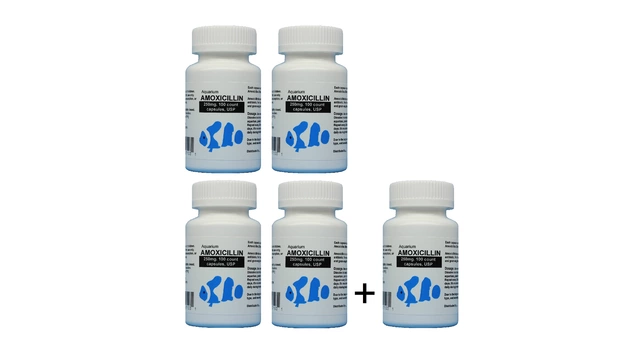You’ve got a raw, angry patch of skin. Is it simple rubbing from a run or your backpack strap-or something that needs treatment, like a fungal infection or eczema? Mixing them up can slow healing and sometimes make things worse, especially if you reach for the wrong cream. This guide gives you quick checks, plain-English clues, and a step-by-step plan to work out what you’re dealing with and what to do next.
- Chafing stings or burns and starts right after friction (walking, running, cycling), usually where skin rubs skin or clothing (inner thighs, under breasts, armpits, groin, nipples, waistband lines).
- Fungal rashes (like jock itch or candida) itch more than they burn, have clear borders, often live in moist folds, and don’t vanish when you stop the friction.
- Contact dermatitis looks like a red, itchy patch where a product or fabric touched your skin; it flares hours to days after exposure.
- If a rash worsens with steroid cream in 24-48 hours, think fungus; if it spreads fast, hurts, or you get a fever, think infection and get help.
- First aid for chafing: gently wash, pat dry, rest from friction, then use a barrier (petrolatum or zinc). Still bad after 72 hours? Reassess using the checks below.
Spotting Chafing vs Common Skin Conditions (What It Looks Like, Feels Like, and Where It Shows Up)
Chafing (also called intertrigo when it’s in skin folds) is skin damage from friction and moisture. It can look alarming, but it’s usually straightforward if you know the pattern: sudden onset after rubbing, burning more than itching, and it eases once the friction stops.
Here’s how chafing stacks up against the usual suspects you might confuse it with.
| Condition | Onset & Trigger | Look & Feel | Location | Clues That Help |
|---|---|---|---|---|
| Chafing / Intertrigo | Quick-after friction, heat, sweat | Red, raw, tender; stings with sweat/shower; may weep | Inner thighs, under breasts, groin folds, armpits, nipples, waistline | Linear or smeared rub marks; improves fast when friction stops |
| Fungal (Jock itch, Ringworm, Candida) | Gradual-thrives in moisture | Itchy more than painful; defined scaly edge (ring) or beefy red with small “satellite” spots | Groin, buttock crease, under breasts, feet | May have mild odour; steroids make it worse; no quick fix without antifungal |
| Contact dermatitis | Hours-days after contact | Itchy, red rash with sharp edges matching contact area; may blister | Where product/fabric touched (strap outline, waistband, deodorant area) | New soap, detergent, fabric, or deodorant is the giveaway |
| Heat rash (miliaria) | Hot, humid weather; after sweating | Tiny red bumps or clear blisters; prickly/itchy | Trunk, neck, under clothing | Worse under tight, non-breathable gear |
| Eczema (atopic/asteatotic) | Chronic; flares intermittently | Very itchy, dry, cracked patches; sometimes oozing | Flexures (elbows/knees), hands; can be widespread | History of eczema, asthma, allergies; responds to moisturisers and mild steroids |
| Psoriasis | Chronic | Well-defined red plaques, silvery scale; in folds it’s shiny red with minimal scale | Scalp, elbows, knees; skin folds (inverse psoriasis) | Often symmetric; nails pitted; family history |
| Bacterial skin infection (impetigo/cellulitis) | Follows a break in skin | Impetigo: honey-coloured crusts. Cellulitis: painful, hot, spreading redness | Anywhere; often legs | Fever, feeling unwell, fast spread-needs medical care |
| Hidradenitis suppurativa | Recurrent | Tender lumps/boils in armpit/groin; tunnels; scars | Armpits, groin, under breasts | Comes back in same areas; not just friction |
Simple rule of thumb:
- Burning + comes on right after activity + clearly where things rubbed = likely chafing.
- Itchier than painful + defined edges or rings + sticks around = likely fungus or dermatitis.
- Hot, shiny, spreading, or you feel ill = could be bacterial infection-get help the same day.
Why the confusion? Chafed skin can get secondarily infected (yeast or bacteria) if it stays moist. So you can start with chafe and end up with a rash that won’t heal without targeted treatment.
Do-This-Now: A 5‑Step Home Check and Treatment Plan
Use this quick path to decide what you’re dealing with and what to do today. If in doubt, start with friction control and a barrier for 48-72 hours, then reassess.
Reset the area (10 minutes): gently wash with lukewarm water and a bland, fragrance-free cleanser. Pat-not rub-dry. If the skin is weepy, air-dry with a fan for a minute or two.
Look closely (60 seconds):
- Shape: is it a smear/stripe where something rubbed? Think chafing. A ring with a scaly edge? Think tinea (ringworm).
- Edges: fuzzy and diffuse fits chafe. Sharp, map-like edges point to contact dermatitis. Beefy red with tiny satellite spots points to candida in folds.
- Feel: stinging/burning = chafe; itch that keeps you up = dermatitis or fungus.
- Speed: sudden after a long walk or ride = chafe; slow creep over days = fungus or eczema.
Control friction and moisture immediately:
- Rest from the trigger (running, long walk, tight kit) for 24-48 hours if you can.
- Switch to loose, breathable, sweat-wicking fabrics; ditch seams across the sore area.
- Keep the fold dry: short, cool blow-dry on low, or dab with a clean cloth. Consider a thin cotton cloth between skin folds during the day.
Apply the right product:
- If it’s likely chafing: use a barrier like petrolatum, zinc oxide, dimethicone, or lanolin 2-3 times daily. A thin layer is enough. For pain, a cold compress for 5-10 minutes helps.
- Itchy but not obviously fungal: a short 2-3 day trial of 1% hydrocortisone can settle contact dermatitis or eczema-avoid this if you suspect fungus (ring shape, sharp border, in groin/feet) because steroids can worsen it.
- If it looks fungal: use an antifungal cream. UK options: clotrimazole 1% twice daily for 2-4 weeks, or terbinafine 1% once daily for 1-2 weeks (often faster for ringworm/jock itch). Keep going for 1 week after it looks clear.
- Weepy chafe: a hydrocolloid blister plaster can protect and speed healing on small areas like nipples or inner thigh hotspots.
Reassess at 48-72 hours:
- Better with barrier and friction control? That supports chafing.
- No change or worse, especially if you used a steroid? Switch to antifungal if the pattern fits, or ask a pharmacist/GP.
- Spreading redness, fever, pus, or deep pain? Seek medical care the same day.
Medication safety notes (2025, UK): mild topical steroids like hydrocortisone 1% are fine for short bursts on intact skin away from groin/face; don’t use on suspected fungal infections or broken skin. Combined steroid-antifungal tubes can mask infections-best used under medical advice. For children, pregnancy, diabetes, or if you’re immunocompromised, check with a pharmacist or GP first.
Why this plan works: it follows basic dermatology triage-remove the trigger, protect the skin barrier, then treat the specific culprit. This mirrors guidance from NHS resources (last reviewed 2024), NICE Clinical Knowledge Summaries on dermatitis and fungal skin infection (updated 2023-2024), and the American Academy of Dermatology’s practical care tips.

Real-World Clues, Comparisons, and Quick Checklists
These bite-sized tests and examples help when the picture isn’t textbook.
Chafe vs fungus in the groin (jock itch):
- Chafe: sore where thighs meet, fades between the scrotum and inner thigh, tender when you walk; looks smeared or rubbed raw; appeared after a long run or heatwave.
- Jock itch: itchy ring or half-ring with a scaly, raised edge; often spares the scrotum but affects the upper inner thigh; didn’t appear immediately after activity and lingers despite rest.
Under-breast rash:
- Chafe/intertrigo: red, burning fold that improves when dry and supported; odour is mild to none.
- Candida: more uniform, beefy redness with tiny satellite dots just beyond the main rash; may have a yeasty smell; needs antifungal plus dryness.
Armpit trouble:
- Chafe: follows long walks or a new pack; the sore area matches the rub path.
- Contact dermatitis: sharp outline where deodorant hit; itch dominates; started after you changed product.
- Hidradenitis: tender lumps that come and go, sometimes draining; not simple rub.
Heat rash vs chafe:
- Heat rash: clusters of tiny, prickly bumps under tight clothing, especially on the trunk or back; clears fast with cooling and loose clothing.
- Chafe: larger rubbed zones that sting when you shower; takes a couple of days to settle.
Handy checklists
“Is it chafing?” quick checklist (score 1 for each yes):
- Started right after rubbing or a long session (run, hike, cycle).
- Stings or burns more than itches.
- Lives exactly where something rubbed (seam line, strap, inner thighs).
- Improves noticeably within 48 hours when you stop the friction and use a barrier.
0-1: consider dermatitis or fungus. 2-3: likely chafing. 4: very likely chafing.
“Could it be fungus?” quick checklist:
- Itches more than it hurts.
- Has a clear, scaly, sometimes raised border or ring.
- In a warm, moist fold (groin, under breasts, buttock crease, feet).
- Didn’t improve when you simply rested and used a barrier for 2-3 days.
Prevention toolkit (what actually works):
- Clothing: smooth, moisture-wicking fabrics; avoid rough seams on hotspots. Cyclists and runners-check inner thigh seam placement.
- Fit: not too tight, not too loose. Tight digs in; loose fabric whips and rubs.
- Lube: before activity, apply a thin layer of petrolatum, dimethicone, or a dedicated anti-chafe stick to hotspots (thighs, nipples, under-breast fold, armpits, heel cup).
- Dryness: for skin folds, keep the area dry between washes. A quick cool air blast from a hairdryer (low setting) after showering helps.
- Powders: talc-free body powders can help for short periods, but avoid powders if there’s broken skin or suspected candida-staying damp plus powder can cake and irritate.
- Detergent and products: use fragrance-free, dye-free detergent; rinse kit well. Patch test new deodorants or lotions on a small area first.
- Timing: change out of sweaty kit promptly. Shower or at least rinse and pat dry. Moisturisers go on dry skin, not damp folds.
- Footnote for humid days: consider an antiperspirant (yes, the standard kind) on inner thighs or under breasts to reduce sweat-avoid broken skin.
Pitfalls to avoid:
- Don’t throw steroid cream on every rash in folds; fungi love that mistake and spread faster.
- Don’t keep training through bleeding or weeping chafe; that’s a fast track to infection.
- Don’t rely on cornstarch in damp folds-it can clump and irritate; if the rash looks yeasty (satellite spots), skip powders and use antifungal.
- Don’t ignore strong odour, swelling, or deep pain-those are infection clues, not “just chafe.”
Two mini case examples:
- Cyclist’s inner thigh: after a 60 km ride, you notice a burning strip along the saddle line. It stings in the shower, looks smeared, and improves 50% after 48 hours with barrier and rest. That’s classic chafe. Prevention next time: smoother shorts, more lube, adjust saddle height.
- Runner’s groin: itch crept in over a week, now a half-ring with a sharp, scaly edge on the upper inner thigh. Hydrocortisone made it worse. That’s jock itch (tinea cruris). Treat with terbinafine cream daily for 1-2 weeks; wash and dry, change kit fast, treat feet if they’re scaly too.
When to Seek Help, FAQs, and Next Steps
Red flags-get same-day medical advice if you notice:
- Spreading redness, warmth, severe tenderness, or red streaks up a limb.
- Fever, chills, or feeling unwell with a skin rash.
- Pus, bad smell, or a rapidly enlarging sore.
- Severe pain out of proportion to the look of the rash.
- Any break in the skin if you have diabetes, poor circulation, are on chemotherapy, high-dose steroids, or have a weakened immune system.
- Rash on an infant that looks raw or ulcerated, or if the child is unwell.
Mini‑FAQ
- Can chafing get infected? Yes. Damaged skin invites bacteria and yeast, especially in warm, damp folds. That’s why dryness and a barrier matter early.
- How long does chafing take to heal? Mild cases improve in 24-72 hours with friction control and a barrier. Deeper chafe can take a week.
- Is it safe to use hydrocortisone on every rash? No. Avoid on fungal rashes and broken skin. If you try it for itch and things worsen in 1-2 days, stop and switch approach.
- Do antifungals work right away? Symptoms usually start easing in a few days, but keep using for the full course (and 1 week after clear) to prevent relapse.
- Can I keep exercising? If it’s mild chafe, reduce intensity and protect the spot with a barrier or a hydrocolloid patch (nipple chafe is a good example). If it’s weeping, bleeding, or very painful, rest that area.
- What about babies and nappy rash? Many nappyrashes are irritant/chafe. Frequent changes, gentle cleaning, air time, and a thick zinc barrier help. Shiny beefy redness with satellite spots suggests candida-speak to a pharmacist or GP about an antifungal.
- Could it be psoriasis in a fold? Inverse psoriasis shows as smooth, shiny red plaques in folds without much scale. It doesn’t burn like chafe and tends to persist. A GP can confirm and treat.
Next steps if you’re still unsure
- Try the 72-hour test: strict friction control + barrier only. If it’s chafing, it should clearly improve.
- If it plateaus or spreads, switch to an antifungal if the pattern fits (itchy ring/edge, moist fold sites).
- No diagnosis fits, or it keeps recurring? Take clear photos across a few days (same light), note triggers, and book a GP or community dermatology review. Pharmacists in the UK can triage most simple rashes and advise OTC treatments.
Prevention plan you can set up today
- Audit your hotspots: inner thighs, armpits, under-breast fold, groin, waistband, nipples, heel cup.
- Fix the garment: choose wicking fabrics, smooth seams, snug-but-not-tight fit. Wash new kit before first use (fragrance-free detergent).
- Pre-lube: a thin layer of barrier on hotspots before activity. Reapply for sessions over 2 hours.
- Post-activity care: quick rinse, gentle cleanse, pat dry, cool the area, then barrier if any rub started.
- Moisture management in folds: keep folds dry between showers; consider breathable liners or fabrics designed for under-breast or thigh gaps. Avoid staying in damp clothes.
Evidence and credibility notes
This guide aligns with NHS guidance (2024 reviews) on intertrigo, contact dermatitis, and fungal skin infections; NICE CKS (2023-2024) on dermatitis and tinea; the American Academy of Dermatology’s care tips on chafing and eczema; and CDC summaries on superficial fungal infections (2024). Those sources support simple first aid for chafe, cautious use of mild topical steroids for dermatitis (not fungus), and standard courses for topical antifungals like clotrimazole and terbinafine.
One last anchor point: if it’s just skin chafe, reducing friction and keeping things dry usually turns the corner fast. Rashes that itch more than they burn, have crisp borders, or linger despite good barriers deserve a different plan. When in doubt, get eyes on it-early, simple fixes beat long, frustrating flares.







Michael Dion
September 1, 2025 AT 13:55